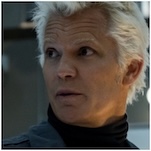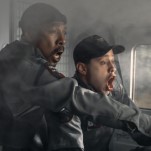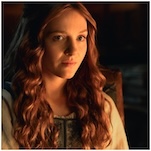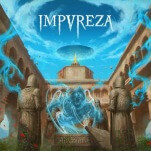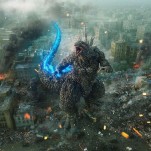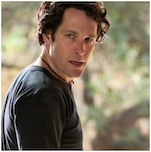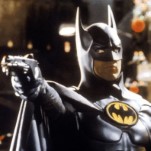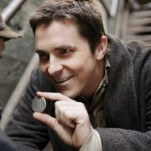The Order: 1886—London’s Burning
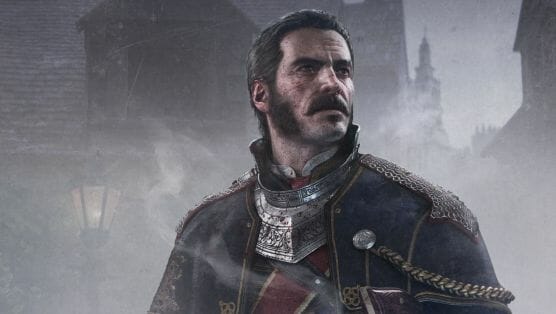
London’s beautiful. I haven’t been there in 27 years, but it’s a great city. Good job, England! London is the most beautiful thing about The Order: 1886, a new action game that’s set in the city in 1886. That’s almost exactly 100 years before I ever hung out there, but I couldn’t tell—the place had barely changed.
Well, okay, The Order has changed London a lot. The game drops us deep in alternate history turf, with various conspiracies and fairy tale farragoes bunching up into a giant pile that threatens to topple over at any minute. What if King Arthur’s knights lived into the 19th century? What if they had technology a few decades in advance, like wireless radio transmitters and World War II style machine guns? What if Nikola Tesla wasn’t a peaceful inventor but the personal munitions manufacturer for the Order (Destro to the Round Table’s Cobra, if you will)? Oh, and, uh, werewolves! (Or, as the game calls them, “half-breeds.”)
This is the only Arthurian werewolf steampunk third-person shooter you’ll ever need to play, until the sequel that inevitably does everything better. And yes, despite the developer’s protestations, The Order is definitively steampunk. There are no goggles, but there are zeppelins, and Tesla, and anti-Edison propaganda, and Victorian Era proto-sci-fi bunk. It avoids some of the most obvious and tired visual clichés of steampunk, but it can’t deny the heritage.
It’s to Ready at Dawn’s credit that The Order doesn’t crumple under its thematic familiarity and narrative overabundance. This is the model of modern gaming’s cinematic ambitions, a game proud to follow the Uncharted tradition of interactive storytelling. It arrives with all the pros and cons you’d expect from a game of that style, and although it doesn’t have Uncharted’s personality or charisma, it’s more than proficient enough to succeed in its own workmanlike way. The chapters flow easily into one another, major plot points landing reliably every thirty minutes or so, and the cut-scenes bleed so smoothly into the action that they never become tiresome or distracting. Other than a damnable stealth mission, there’s nothing that will ever make you quit out of frustration or embarrassment.
The voice acting is exemplary, some of the best yet in this realm of big-budget, Hollywood-style games. The character designs and animations are suitably realistic but rarely seem off-putting or alien. And although the aesthetic is a bit drab, a constant smear of grey, it at least fits in with everything we think today about the time period. It’s the Industrial Revolution, after all, so everything’s the color of smoke and coal. Even our hero’s name is Gray.
It’s technically and visually strong, but the game’s chief draw remains London. You don’t get to explore the city—you always go in the direction the game points you in—but other than the occasional sewer level there’s always something interesting to look at. From the filthy alleys of Whitechapel (where, yes, a certain serial killer has already appeared, two years early) to the decadent estate of a powerful corporation, the architecture and interior design are sumptuous displays of Britain’s imperial century.
The Order touches on some other aspects of empire, dipping into some of the same social themes as Bioshock Infinite, but with a more enlightened outlook. There’s not much moral relativism here, even if there are two different scenes where an enemy tells us we’re not so different. The body count is absurdly high—it’s amazing how little regard this Order has for the sanctity of life—but this isn’t exactly a game that’s all that interested in introspection. It’s greatest concern is the squareness of a man’s jaw and how seriously he takes his word.
-

-

-

-

-

-

-

-

-

-

-

-

-

-

-

-

-

-

-

-

-

-

-

-

-

-

-

-

-

-

-

-

-

-

-

-

-

-

-

-










